Joshua Tree National Park
November 23rd, 2009During our trip in California we spent a day in Joshua Tree National Park. This wonderful desert park is named after the tree below, which got its named from 19th century Mormon settlers who thought the tree looked like the Biblical character, Joshua, who raised his ends up to the sky in prayer.
In addition to the very interesting trees, which are actually in the lily family, the park is home to some absolutely incredible rock formations. As such, we saw quite a few rock climbers trying to conquer the rocks.
Inside of the park there is no water or gas stations, so you need to fill up before entering, and carry in anything you would need. Remember that this really is a desert, and the sun was definitely out, even though we were there during some of the cooler months.
Just because it’s a desert doesn’t mean that there wasn’t plenty of life. The park is home to several different varieties of wildflowers, and of course, cacti and also succulents were present throughout.
In addition, little squirrels and chipmunks were all over the place. You could see some of their holes dug out in the hard sun beaten earth.
It’s really amazing that some of the rock formations were naturally formed. Take the one below (which would make a fantastic aquascape btw). How in the world did some of those gigantic boulders just happen to rest atop of the mass of other humongous boulders?
Then of course, there were the larger “rock piles” that were just as striking. Again, if we could find an aquatic plant that looks like a Joshua Tree, this would be a great scene to try to replicate in an aquascape.
The rock formations weren’t all boulder piles, however, as deeper into the park we came across these more water-shaped formations. We hiked a short distance to see a naturally formed arch, but I thought the rounded rocks were more impressive than the arch.
During our hike, we would hear rustling in bushes as we walked by, and every time it was one of these lizards scurrying through. I was perfectly okay with this, however, as I wasn’t necessarily hoping to come across a rattlesnake.
Proof that this desert has been traveled for centuries past is visible on several rocks in the form of Petroglyphs, inscribed by prehistoric Native Americans.
Once we crossed out of the Mojave Desert, and into the Colorado Desert, the Joshua Tree ceased to grow, and were replaced by acres of these very spiny cacti. The Mojave Desert is slightly wetter than the Colorado Desert, which is why the Joshua Tree is able to survive in that area.
Nevertheless, these cacti are still interesting to look at, exhibiting nice yellow flowers, which were also covered in spines.
As we were driving the last 10-20 miles out of the park to the south, the sun was setting on our right, and on our left the moon was rising. We stopped the car, and enjoyed this beautiful scene below. All the while, bats starting flying overhead, and we eventually headed out of the park and to our hotel.
We have lot of other pictures on Flickr here, if you’re interested…
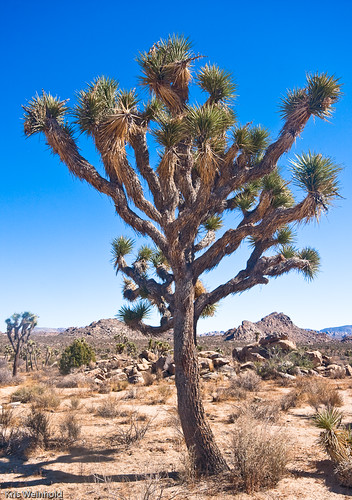
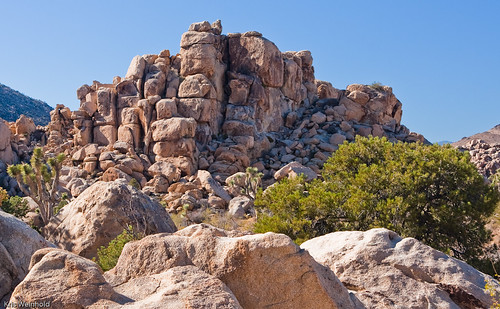
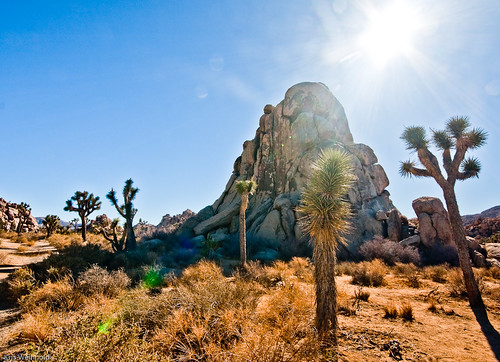
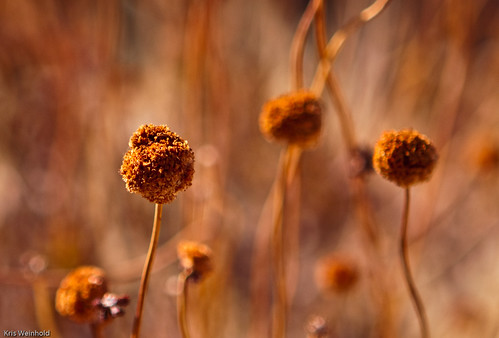

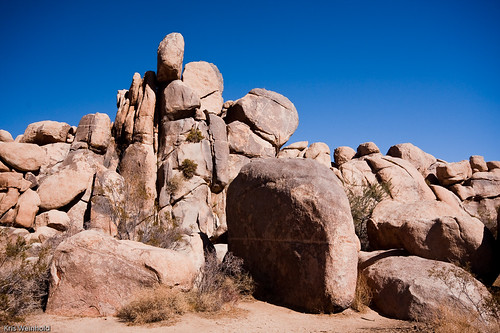
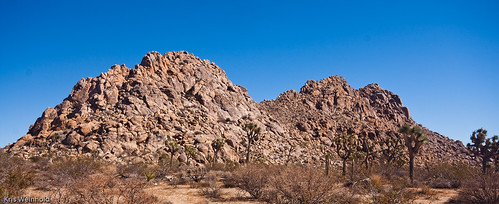
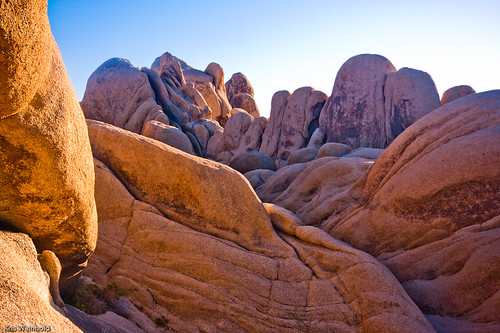
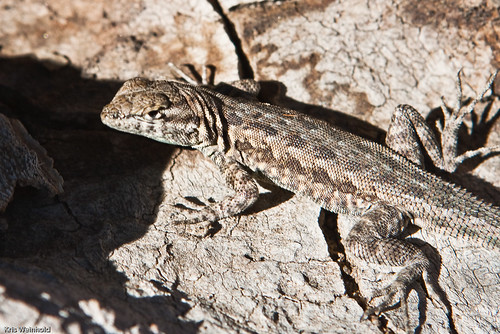

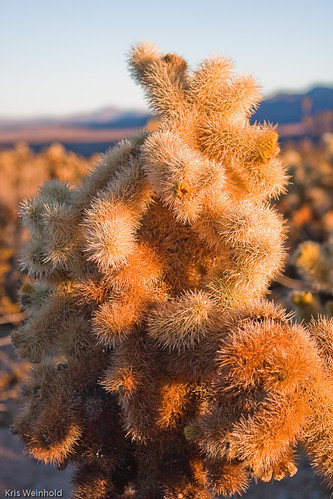
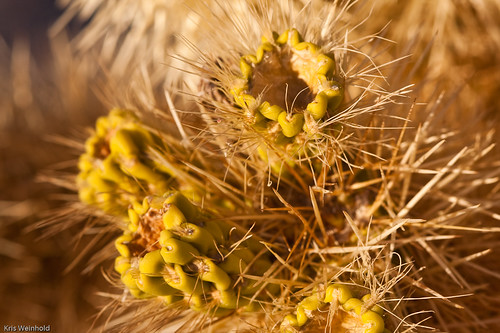
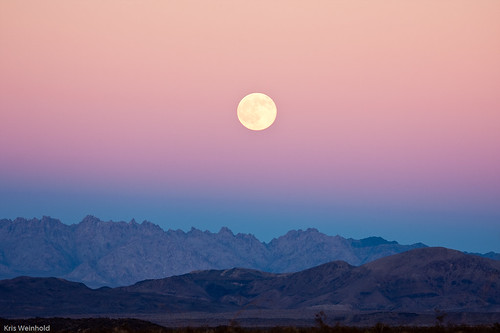
November 24th, 2009 at 5:20 pm
Beautiful pictures, Kris – brings back fond memories of when I used to live in California; I’ve been hiking in Joshua Tree twice.
My recollection is that it’s actually a National Monument, not a National Park, but I could be wrong (I’m not even sure how the distinction is made – I guess lasting evidence of historical human activity, such as the petroglyphs, makes it a “monument”). I also seem to recall that there is a paltry hidden oasis of sorts, with a narrow trickle that once fed a 19th Century reservoir (now usually bone dry – though it supposedly fills up, with both water and spadefoot toads, during seasonal rains).
Then again, it was over 12 years ago that I was last there, so I don’t know how much my memory can be trusted – either way, your advice holds true: you don’t want to go walking around in there without bringing your own water.
November 25th, 2009 at 11:48 pm
Well executed Kris ! My favorite has to be the last photograph. Thanks for sharing.
November 26th, 2009 at 12:43 am
Thanks for the comments! Jay, my favorite is the moon shot too! It’s hard to mess up a scene that pretty though!
Mark, it’s definitely a national park:
http://www.nps.gov/Jotr/index.htm
We did hike to a dam that’s supposedly the oasis you mentioned, but it was bone dry when we were there. The information said that rainfall has decreased in the park over the last hundred years. It was pretty funny to see a “No swimming” sign in the middle of a dry, sandy reservoir.